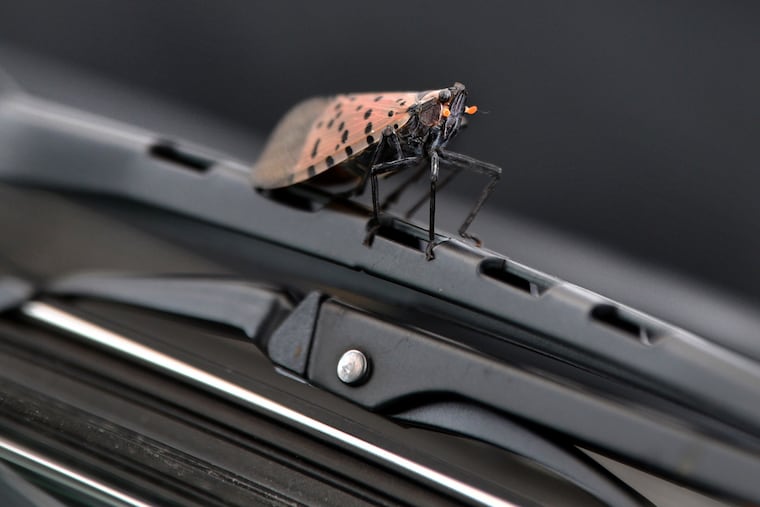Philly’s Academy of Natural Sciences at Drexel needs your help to find and control spotted lanternflies
Researchers from the Academy of Natural Sciences at Drexel and the university's engineering department are looking for the public's help in creating a visual database of spotted lanternfly egg masses.
